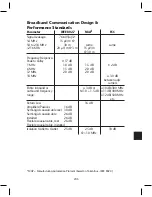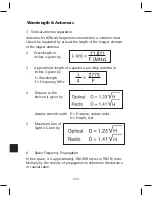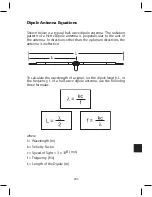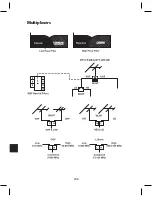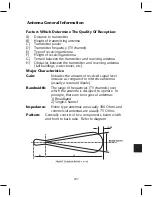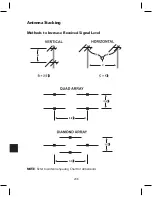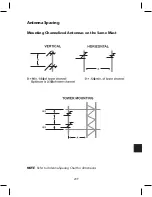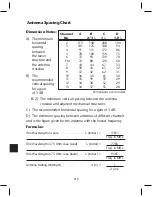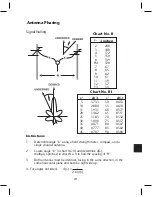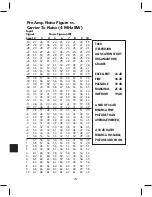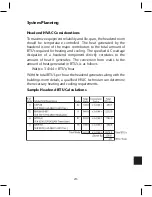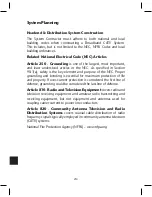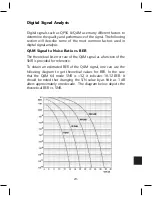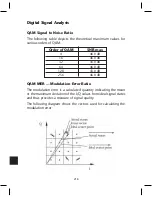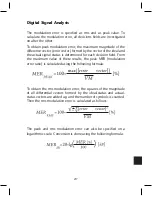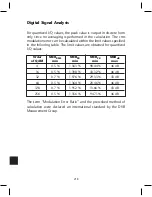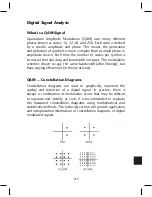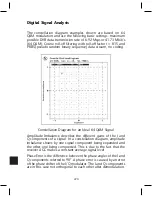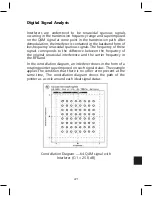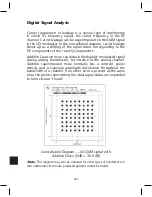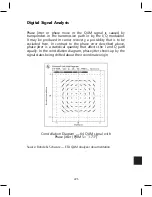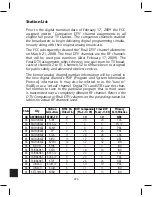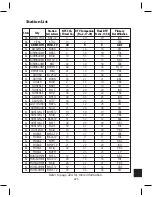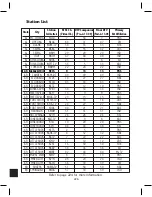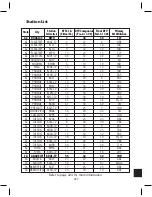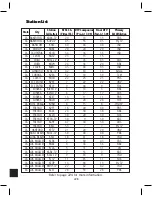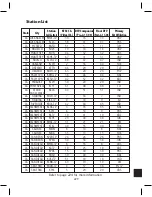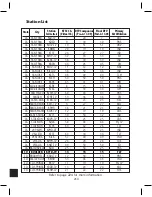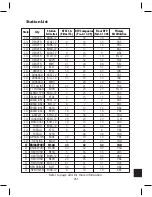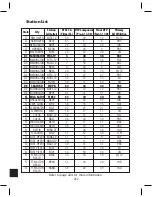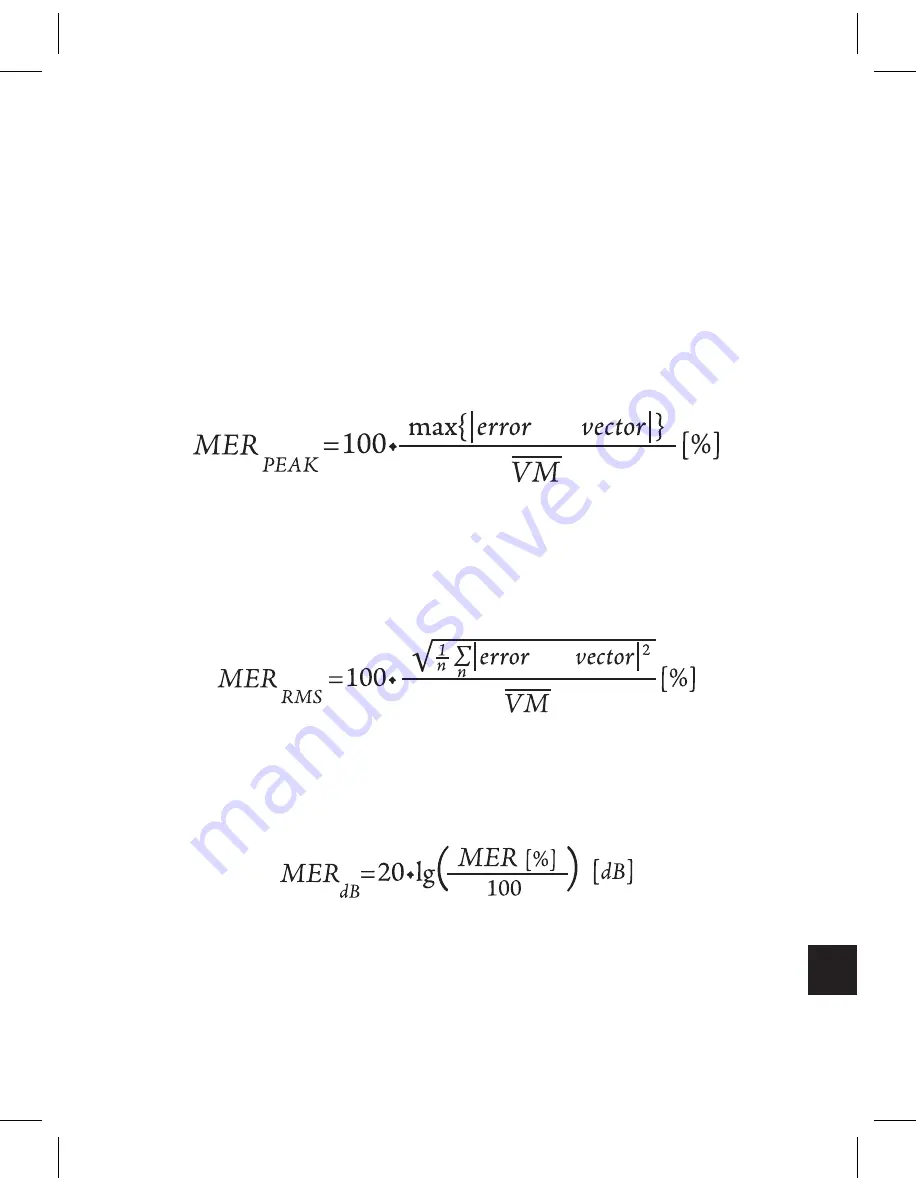
217
Digital Signal Analysis
The modulation error is specified as rms and as peak value. To
calculate the modulation error, all decisions fields are investigated
on after the other:
To obtain peak modulation error, the maximum magnitude of the
difference vector (error vector) formed by the vector of the ideal and
the actual signal status is determined for each decision field. From
the maximum value of these results, the peak MER (modulation
error ratio) is calculated using the following formula:
To obtain the rms modulation error, the squares of the magnitude
of all differential vectors formed by the ideal-status and actual-
status vectors are added up, and the number of symbols is counted.
Then the rms modulation error is calculated as follows:
The peak and rms modulation error can also be specified on a
logarithmic scale. Conversion is done using the following formula:
Summary of Contents for AMM-806
Page 86: ...79 TVCB PC Installation ...
Page 93: ...86 SMI Installation Torque Patterns 1 Start Here 2 3 4 5 6 1 Start Here 2 3 4 4 PORT 8 PORT ...
Page 125: ...118 Fiber Optics Fiber Loss vs Path Length Single Mode 1550 nm ...
Page 156: ...149 Cable TV Channel Format NTSC NTSC Composite Video Waveform ...
Page 157: ...150 US Frequency Spectrum ...
Page 158: ...151 FCC Aeronautical Band Frequencies Used for Communication and Navigation ...
Page 175: ...168 Common CATV Symbols ...
Page 176: ...169 Common CATV Symbols ...
Page 177: ...170 Digital L Band Distribution Symbols ...
Page 178: ...171 Digital L Band Distribution Symbols ...
Page 183: ...176 Typical Cable Attenuation Chart in dB 100 Feet 68 F 20 C ...
Page 187: ...180 Echo Rating Graph ...
Page 188: ...181 Signal to Interference Limits Non Coherent Carriers ...
Page 190: ...183 Heterodyne Modulator Analog ...
Page 191: ...184 Heterodyne Processor Analog ...
Page 213: ...206 Multiplexers ...
Page 285: ...Rev 8 0 ...

